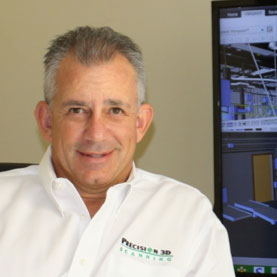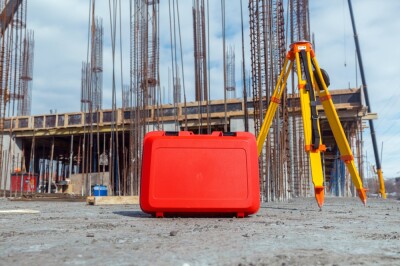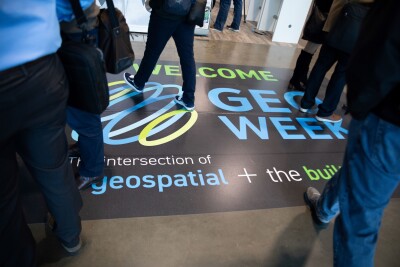There’s plenty of debate out there by service providers—surveying firms, engineering companies, and others about photogrammetry replacing lidar with bargain pricing on point clouds. Attend any bleeding-edge conference and the murmur in the background is usually something to the effect of “…you think lidar will even be around once photogrammetry takes over?”
Why Should I Care
Regardless of the claims—the fact is that photogrammetry is “now,” and will continue to impact our industry as service providers. Here’s why:
- It will create confusion. As the cost basis of investing in lidar continues to drop, more businesses enter the service provider space. Some will offer it as their core business, while others will bolt it on to their existing services. In either case, clients will be offered a low-cost alternative to lidar deliverables in the form of photogrammetry. Furthermore, some of these new revenue hungry providers will say it’s better than lidar. At this point already under-educated marketplace will have another option to consider.
- Photogrammetry will eventually go mainstream. The appetite for 3D from everyday consumers is growing and will continue to do so. This is partially fueled by younger generations and techies who expect their world to be in 3D. And finally, consumers already carry the data collection tool—their cell phone.
- It’s too inexpensive to ignore. It will be easy to make a nominal capital investment in hardware and software and provide a 3D deliverable. The typical barriers to entry—the Leica C-10 for $110k plus $15k annual calibration—are no longer necessary to create a point cloud.
- Photogrammetry is not limited by socio-economic class or cultural boundaries. Unlike typical measuring instruments that can be pricey and are limited to those with the cash, photogrammetry will be made easier because of the Internet; open sourcing; and the democratization of computing power in the cloud.
Raise the White Flag?
So if photogrammetry is the latest/greatest … how can my laser scanning business survive?
Today there remains a distinct line between the two technologies. Laser scanning provides extremely accurate non-contact measurement. And it still hasn’t fully enjoyed the market elasticity that it will one day. In other words, there will remain a need and market as laser scanning hardware and software become less expensive and existing “end client” software packages begin to increase scan functionality. The market saturation is still less than 5 percent of the total opportunity.
Secondly, photogrammetry is still in early stages of development, implementation, and integration into mainstream market sectors. The mission critical piece to this equation becomes your company’s ability to educate and differentiate the two product offerings. Instead of running from the technology, embrace it but make sure you and your clients both understand its uses and limitations. Think of a novice user believing that a time-of-flight is the same thing as a phase-shift scanner. They’re different tools that can provide different results depending on your specific goals.
There seems to be another differentiation between the two technologies—at least for today. Lidar deliverables typically provide distinctive measurement; whereas photogrammetry is still better at telling a scalable story. Photogrammetry is a fantastic 3D visual communication tool. Your clients need to understand the difference and how it applies to their workflow.
How can Wayne Gretsky help?
Take the legendary hockey player’s advice. When he was asked what his secret to success was, he replied, “I skate to where the puck is going to be.”
Make a plan on how you are going to offer photogrammetry. Identify your current and targeted clients and consider their needs. Remain an expert and consultant by continually educating them on both technologies. Help them understand where the puck is going to be.





